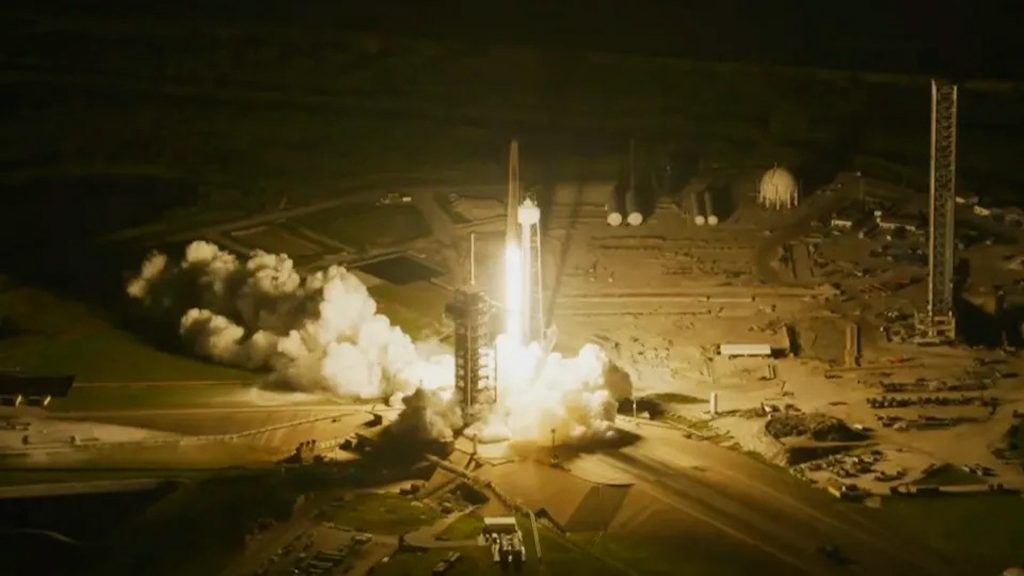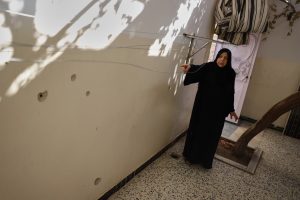Axiom Space brings first Indian, Polish, Hungarian astronauts to ISS

Axiom Space launched its fourth private mission to the International Space Station early Wednesday, June 25, in partnership with SpaceX for the flight. A Falcon 9 rocket carrying a SpaceX Crew Dragon capsule lifted off at 2:31 a.m. ET from NASA’s Kennedy Space Center in Florida. The crew consists of astronauts from India, Poland, Hungary and the United States, marking a historic first visit to the ISS for the three international participants.
Which countries are involved in Ax-4?
India, Poland and Hungary each sponsored a government astronaut for Ax-4. This marks the first time any of the three nations have sent astronauts to the ISS, and it is only the second government-backed human spaceflight for each. The international crew includes Shubhanshu Shukla of India, Poland’s Sławosz Uznański-Wiśniewski and Hungary’s Tibor Kapu. Leading the mission is veteran U.S. astronaut Peggy Whitson, who holds the record for the most cumulative time in space by an American. The crew is expected to dock with the ISS on Thursday, June 26, for a two-week stay.
What is the mission’s scientific focus?
The Ax-4 crew plans to conduct approximately 60 experiments spanning biology, physical sciences, technology demonstrations and Earth observation. The research involves participants from 31 countries, including the United States, India, Poland, Hungary, Saudi Arabia, Brazil, Nigeria and others. Axiom Space described this mission as its most research-intensive to date, reflecting growing international collaboration in low-Earth orbit.
How does Axiom Space fit into global spaceflight?
Axiom Space offers governments access to human spaceflight access without requiring their own launch systems. The company coordinates with NASA for access to the ISS and partners with SpaceX for transportation. For India, Shukla’s participation builds experience ahead of the country’s planned Gaganyaan human spaceflight program, which could launch its own astronauts as early as 2027. Poland and Hungary also see Ax-4 as an opportunity to expand their national space programs.
What role does SpaceX play, and what’s next?
SpaceX provided the Falcon 9 rocket and the Dragon spacecraft, the only U.S. vehicle certified by NASA for astronaut transport to the ISS. This launch marked SpaceX’s 18th crewed flight. NASA continues to rely on SpaceX for human spaceflight as Boeing’s Starliner capsule remains under review due to technical issues.
Following their research aboard the ISS, the Ax-4 crew will return to Earth in the Dragon capsule, targeting a Pacific Ocean splashdown off the California coast. Axiom Space plans additional private ISS missions and aims to build a commercial space station to succeed the ISS, which could be retired as early as 2030.





